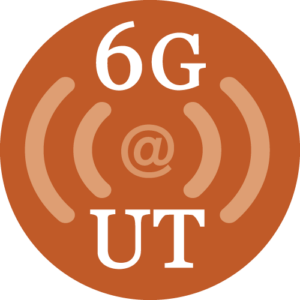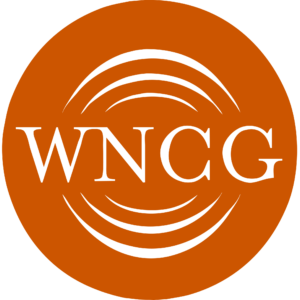Background: The Global Positioning System has been a marvelous success over the past three decades. One consequence of this success is a deepening dependence of the civil infrastructure on GPS—especially for timing synchronization. As civil dependence on GPS grows, the potential for financial gain or high-profile mischief combine to make denial or manipulation of GPS a clear and present risk. European researchers and officials are as concerned about GNSS security as their U.S. counterparts. The launch of Galileo will not solve the navigation and timing security problem because, like civil GPS, the Galileo open service—projected to be by far the most commonly used—will be susceptible to jamming and spoofing.
Goals: European and U.S. researchers and interested observers met in Portland, Oregon in Sepetember 2010 to discuss civil navigation and timing security threats and strategize about (1) how policymakers and manufacturers can be persuaded to take these threats seriously, (2) how to identify effective countermeasures, and (3) how to promote adoption of effective countermeasures.
Meeting: Participants and Agenda
Opening Remarks: Todd Humphreys, The University of Texas at Austin
Overview of Vulnerability: Terence McGurn, consultant and PNT EXCOM Advisory Board member
Unique challenges involved in practical civil GNSS security: Todd Humphreys, The University of Texas at Austin
Video: Spoofing a Time Reference Receiver and Phasor Measurement Unit
Proposals:
Discussion Notes (provided by Brent Renfro, ARL)




 Radio-frequency navigation and timing signals can be excellent sources of remotely-sensed science data, revealing structural details of the ionosphere and neutral atmosphere. Perhaps the most promising technique is GPS-based radio occultation (GPSRO), which yields electron density and precipitable water vapor or temperature profiles useful for numerical weather prediction (including space weather). Together with colleagues at UT and Cornell University, we have developed the first software-defined GPSRO sensor suitable for deployment on a cubesat. We have also developed an instrument for ionospheric scintillation monitoring, which leverages our work in software-defined radio and applies techniques we developed for robust GPS signal tracking during scintillation.
Radio-frequency navigation and timing signals can be excellent sources of remotely-sensed science data, revealing structural details of the ionosphere and neutral atmosphere. Perhaps the most promising technique is GPS-based radio occultation (GPSRO), which yields electron density and precipitable water vapor or temperature profiles useful for numerical weather prediction (including space weather). Together with colleagues at UT and Cornell University, we have developed the first software-defined GPSRO sensor suitable for deployment on a cubesat. We have also developed an instrument for ionospheric scintillation monitoring, which leverages our work in software-defined radio and applies techniques we developed for robust GPS signal tracking during scintillation.